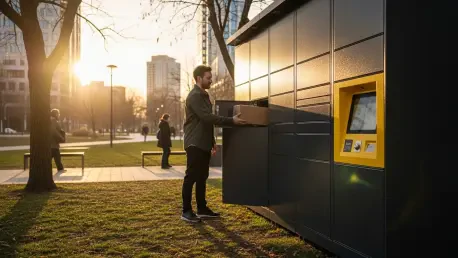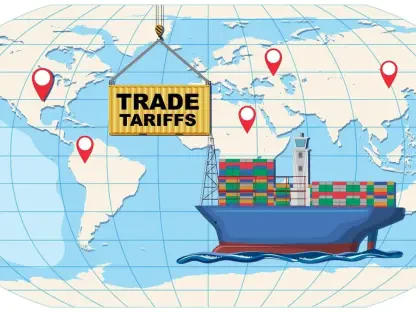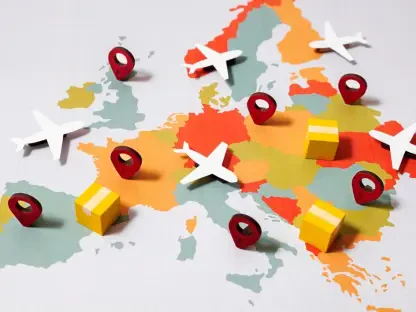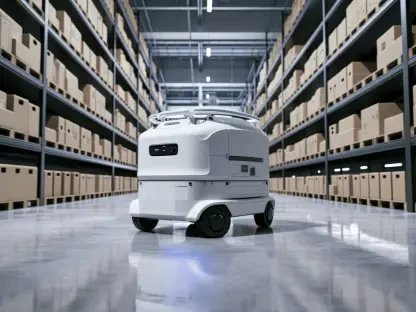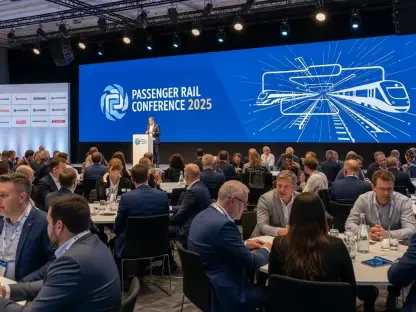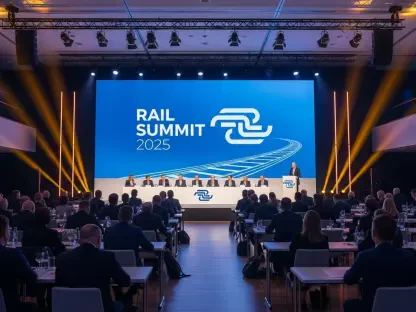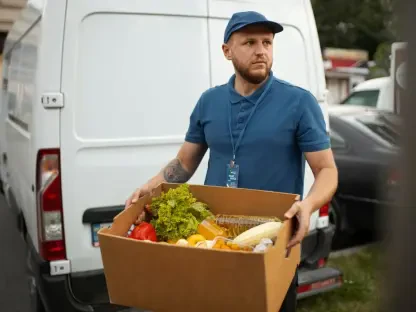Diving into the dynamic world of logistics and e-commerce delivery, we’re thrilled to sit down with Rohit Laila, a seasoned expert with decades of experience in supply chain and delivery solutions. Rohit’s passion for technology and innovation has positioned him as a thought leader in the industry, making him the perfect person to unpack the latest trends and milestones in out-of-home delivery and international expansion. Today, we’ll explore how companies are navigating rapid growth, breaking into new markets, and leveraging strategic moves to stay ahead in a competitive landscape.
How have you seen the logistics industry evolve in recent years, particularly in terms of balancing rapid growth with operational efficiency?
Over the past few years, the logistics industry has undergone a seismic shift, largely driven by the boom in e-commerce. Companies are now handling unprecedented parcel volumes, which demands both speed and efficiency. What’s fascinating is how technology has become the backbone of this evolution—think automated parcel machines and data-driven route optimization. The challenge lies in scaling operations without sacrificing service quality. I’ve seen firms tackle this by investing in smart infrastructure and predictive analytics to anticipate demand spikes, ensuring they’re not just keeping up but staying ahead of the curve.
What do you think sets apart companies that manage to grow faster than the broader e-commerce market in their regions?
It often comes down to a deep understanding of local consumer behavior and a willingness to adapt quickly. Companies that outperform the market tend to focus on convenience—whether it’s through accessible delivery points or flexible options for customers. They also build robust partnerships with retailers and prioritize last-mile innovation. For instance, deploying dense networks of lockers or pickup points in urban areas can make a huge difference. It’s about reducing friction for the customer while optimizing costs on the backend.
International expansion seems to be a major focus for many logistics players. What does it mean for a company when over half its revenue starts coming from outside its home market?
It’s a game-changer. When a company reaches that point, it signals they’ve cracked the code on scaling beyond familiar territory, which is no small feat. It shows confidence in their business model and an ability to adapt to diverse regulatory, cultural, and operational landscapes. More importantly, it diversifies risk—relying less on a single market means they’re better insulated against local downturns. It also opens doors to tap into faster-growing regions, setting the stage for long-term sustainability and global relevance.
How do you decide which international markets to target for expansion, and what makes a region attractive for logistics growth?
Choosing the right market is a mix of art and science. You look at e-commerce penetration—regions with high online shopping adoption but underdeveloped delivery infrastructure are prime targets. Population density and urbanization play a big role too; dense cities are ideal for out-of-home delivery networks. Then there’s the competitive landscape—entering a market with gaps in last-mile solutions can give you an edge. Regulatory ease and consumer readiness for innovative delivery options also factor in. Ultimately, it’s about balancing growth potential with the ability to execute effectively.
In some markets, like the UK, we’ve seen explosive growth in parcel volumes and revenue. What are the key drivers behind such dramatic increases?
Explosive growth often stems from a perfect storm of factors. First, there’s usually a surge in demand for e-commerce, fueled by changing consumer habits. Then, strategic moves like acquisitions can rapidly boost market share and operational capacity. Organic growth plays a role too—expanding delivery networks to cover more ground and make services accessible can drive volumes. High utilization of infrastructure, like automated parcel machines, also helps manage the influx efficiently. It’s often a blend of timing, investment, and meeting customer needs at the right moment.
Acquisitions seem to be a popular strategy for growth. How do you see these strategic moves impacting operations in competitive markets?
Acquisitions can be a powerful accelerator, especially in competitive markets. They bring instant scale—think expanded networks, customer bases, and local expertise. But the real impact comes from how well you integrate. Done right, it streamlines operations, cuts redundancies, and creates synergies that lower costs while boosting service levels. The flip side is the risk of cultural or operational clashes, which can slow things down if not managed carefully. It’s a high-stakes play, but when executed with a clear vision, it can redefine a company’s position in the market.
Expanding out-of-home delivery points, especially in urban areas, has become a priority for many. How does this kind of network growth influence customer satisfaction?
It’s transformative. When you place delivery points within a short walk for a large chunk of the population, you’re solving one of the biggest pain points in e-commerce—convenience. Customers want flexibility; they don’t want to wait at home for a delivery or deal with missed packages. A dense network of lockers or pickup points means they can retrieve parcels on their schedule, often 24/7. This directly boosts satisfaction and loyalty. Plus, it reduces failed deliveries for companies, which is a win-win.
Technology and innovation are clearly shaping the future of logistics. What role do you think emerging solutions, like battery-powered delivery systems, will play in scaling networks?
Emerging tech like battery-powered systems is poised to be a game-changer, especially for sustainability and scalability. These solutions can cut down on energy costs and carbon footprints, which is huge as companies face pressure to go green. They also enable flexibility—think portable or modular delivery points that can be deployed quickly in new areas without heavy infrastructure investment. It’s about making networks more agile and responsive to demand while aligning with environmental goals. I believe we’ll see these innovations become standard in the next few years as costs come down and efficiency improves.
What’s your forecast for the future of out-of-home delivery solutions in the logistics industry?
I’m incredibly optimistic about out-of-home delivery. It’s set to become the dominant model for last-mile logistics, especially in urban areas where space and time are at a premium. We’ll see networks grow even denser, with lockers and pickup points integrated into everyday spaces like transit hubs and retail stores. Technology will drive personalization—imagine AI predicting the best drop-off spot for you based on your routine. Sustainability will also shape the future, with more eco-friendly designs and delivery methods. The focus will be on seamless, customer-centric experiences, and I think we’re just scratching the surface of what’s possible.
